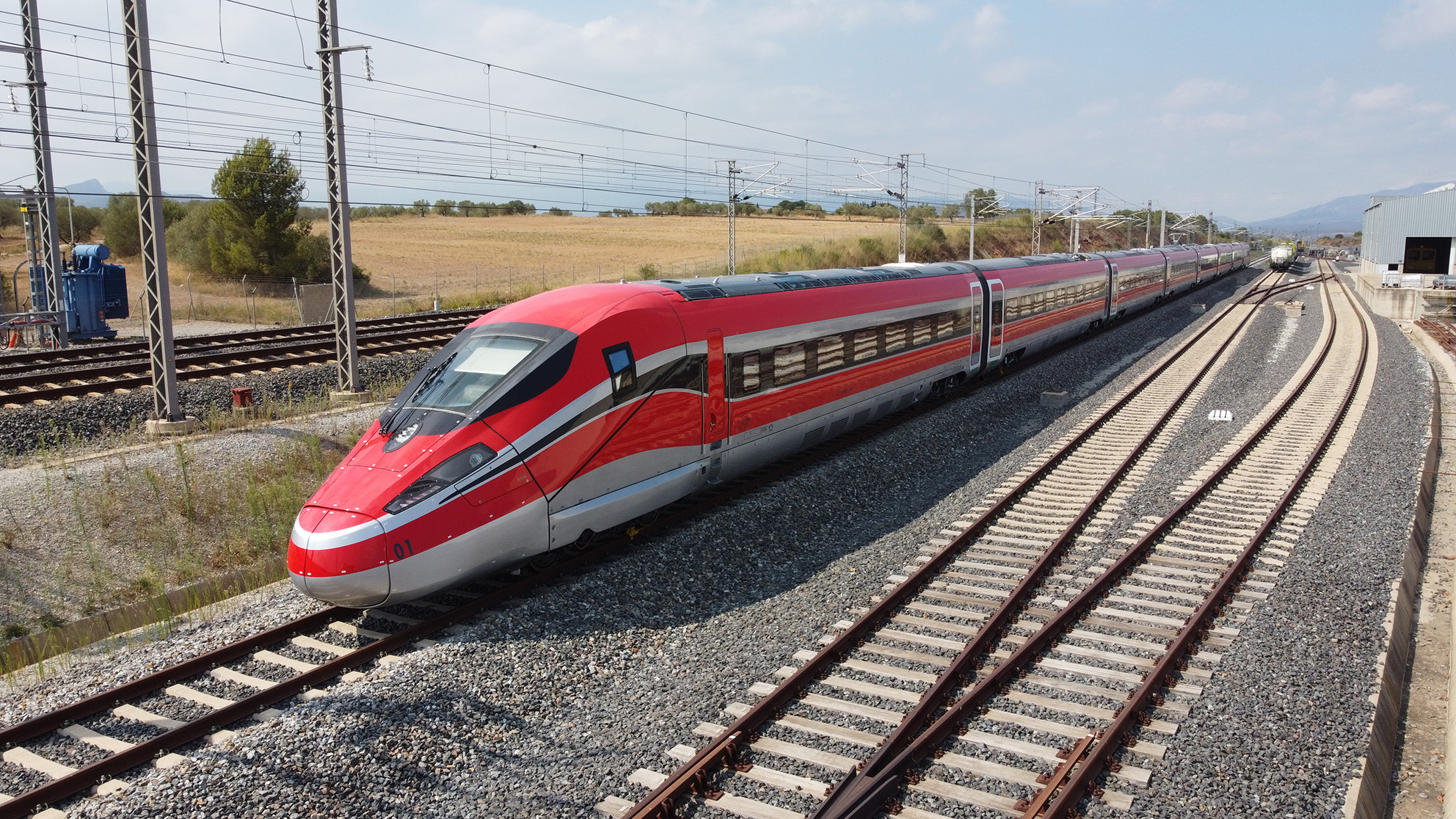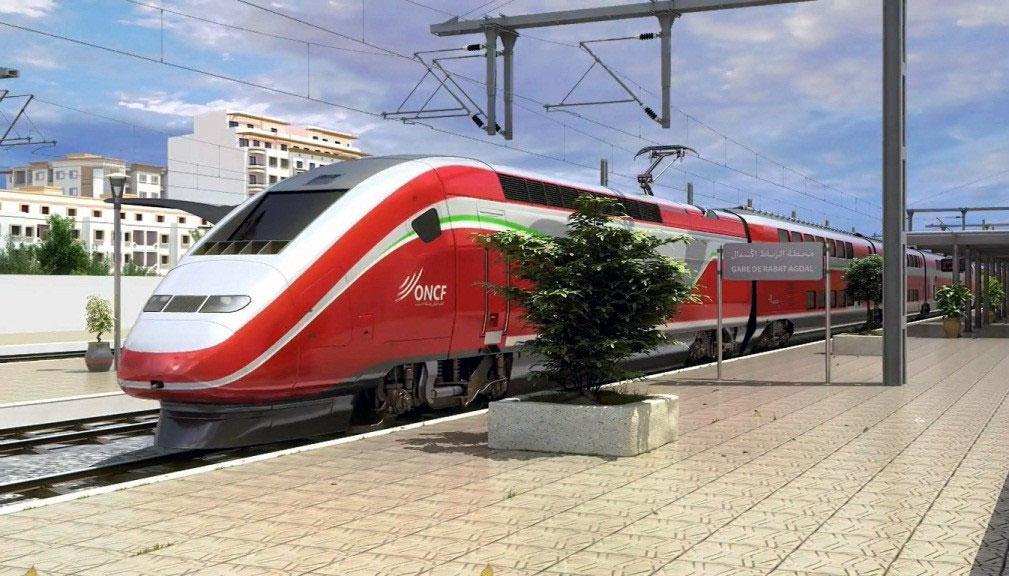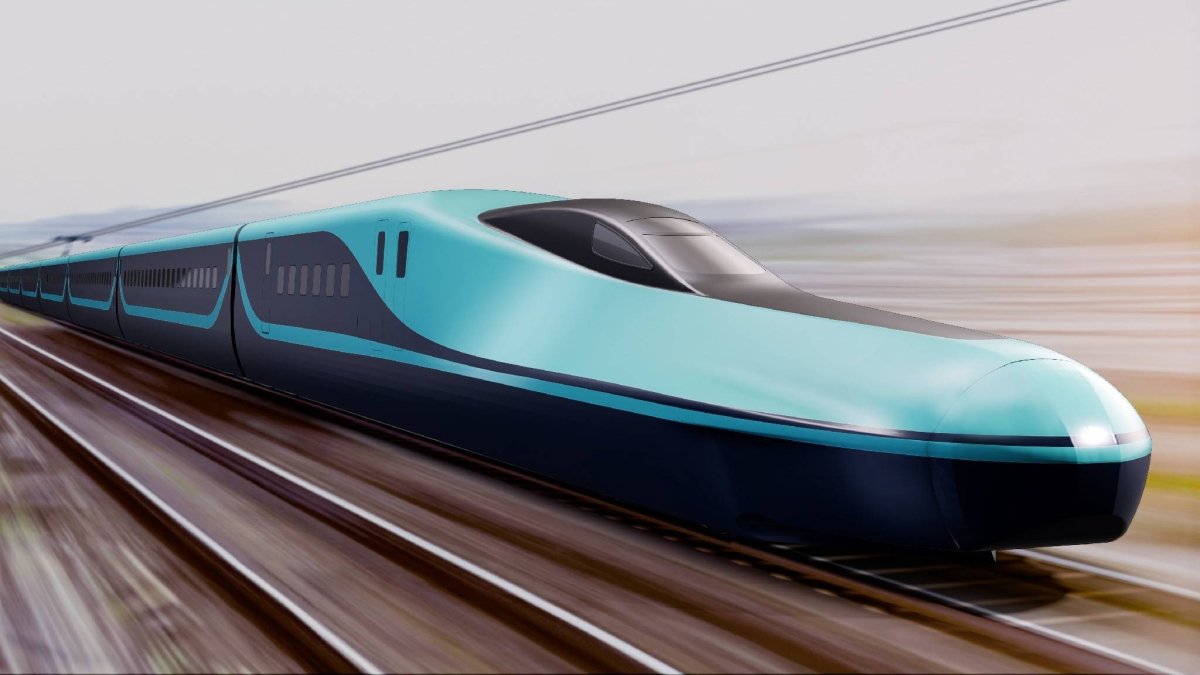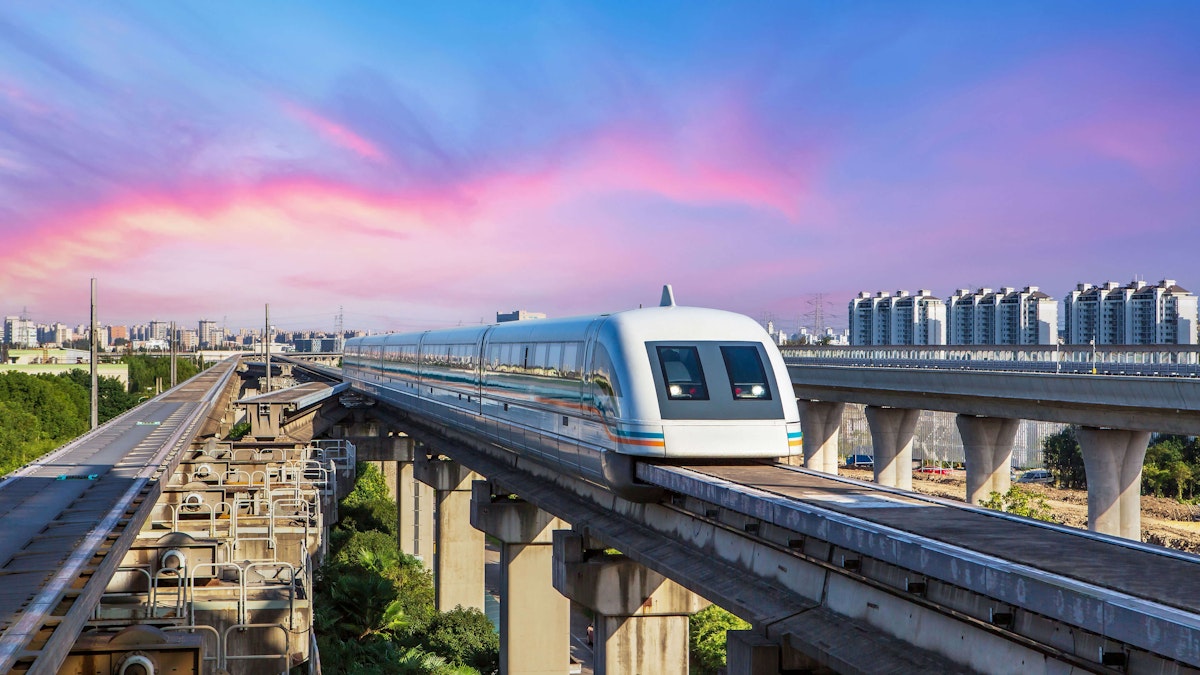Top ten fastest trains globally highlight engineering marvels and cutting-edge technologies changing high speed train travel. Designed for efficiency, comfort, and speed, these trains link large cities substantially decreasing travel times. From Chinas graceful CRH380A Harmony and Frances record breaking TGV to Japans famed Shinkansen bullet trains, every train on this list pushes the frontier of what is practical on tracks. High speed rail systems like Italys Frecciarossa 1000, noted for luxury and speed, or the Shanghai Maglev, which uses magnetic levitation to reach amazing speeds, exemplify global transportation innovation.
Examining the fastest trains helps one to grasp modern infrastructure, environmentally friendly travel, and economic growth resulting from perfect connectivity. Nations including Spain, Germany, and South Korea also exhibit rather strongly with their own high-speed models, which mix passenger centric design with precision engineering and include notably the AVE and ICE trains. This page looks at the unique qualities, top speeds, paths, and performance technology of every train. These trains, which either challenge daily commutes or establish world records, epitomize modern rail travel with their power and grace and captivate both passengers and enthusiasts.
The Top Ten Fastest Trains In The World In 2025
10. Trenitalia Frecciarossa 1000 – Italy – 300 km/h

The Frecciarossa 1000, operated by Trenitalia, is Italy’s latest high-speed train, a product of collaboration between Hitachi Rail Italy and Alstom. Designed with a top speed of 400 km/h, it is currently certified for 300 km/h due to infrastructure limitations. It connects major cities like Turin, Milan, Florence, Rome, and Naples, reducing travel times significantly. Features include Wi-Fi, power sockets, and four service levels: Executive, Business, Premium, and Standard, ensuring passenger comfort. Its sleek design and advanced technology, such as 16 distributed engines, highlight Italy’s engineering prowess, with a focus on energy efficiency and environmental impact.
9. Korail KTX-Sancheon – South Korea – 305 km/h
The KTX-Sancheon, operated by Korail, is South Korea’s high-speed train, reaching 305 km/h and connecting Seoul to Busan, a distance of about 400 km, in under two hours. Known for its punctuality, it offers spacious seating, onboard Wi-Fi, and dining services, enhancing passenger experience. Its role in transforming South Korea’s transportation is evident, with routes extending to other cities like Daejeon and Gwangju. The train’s success reflects South Korea’s investment in high-speed rail, making long-distance travel efficient and accessible.
8. Renfe AVE 103 – Spain – 310 km/h

Spain’s Renfe AVE 103, part of the Alta Velocidad Española network, operates at 310 km/h, connecting Madrid, Barcelona, Seville, and Valencia. Launched in 2006, it set a Spanish record with a test speed of 403.7 km/h, as noted in travel sources. The train offers Wi-Fi, power outlets, and onboard catering, ensuring a comfortable journey. Spain’s high-speed rail system, one of Europe’s largest, has improved connectivity, reducing travel times and boosting economic ties between regions, as seen in its extensive network expansion.
7. ONCF Al Boraq – Morocco – 320 km/h

Al Boraq, operated by ONCF, is Africa’s first high-speed train, launched in 2018, linking Casablanca and Tangier at 320 km/h, cutting travel time to just over two hours for the 350 km route. It offers modern comforts like Wi-Fi, air conditioning, and spacious seating, catering to both locals and tourists. As a symbol of Morocco’s modernization, it connects with Europe via ferry services, enhancing regional connectivity. Its introduction marks a significant step in Africa’s rail infrastructure, as highlighted in travel reports.
6. JR Shinkansen – Japan – 320 km/h

Japan’s JR Shinkansen, known as the Bullet Train, is a global icon since its 1964 debut. The latest models, such as the E5 and H5 series, operate at 320 km/h on lines like the Tohoku Shinkansen, connecting Tokyo to cities like Sendai and Aomori. It offers reserved seating, onboard meals, and Wi-Fi, ensuring passenger comfort. Renowned for safety and punctuality, it has inspired high-speed rail systems worldwide, with a network spanning over 2,700 km, as detailed in rail technology articles.
5. SNCF TGV – France – 320 km/h
France’s TGV, operated by SNCF, has been a pioneer since 1981, operating at 320 km/h and connecting Paris to cities like Lyon, Marseille, and beyond into Europe. It holds the world speed record for a conventional wheeled train at 574.8 km/h, set in 2007, as noted in rail records. The TGV offers spacious cabins, quiet interiors, and excellent service, with amenities like Wi-Fi and dining. Its success has influenced high-speed rail development globally, with an extensive network covering thousands of kilometers.
4. DB Intercity-Express 3 – Germany – 350 km/h
Germany’s ICE 3, operated by Deutsche Bahn, reaches 350 km/h on select lines like the Cologne–Frankfurt high-speed rail, connecting major cities and extending to neighboring countries. It offers First Class, Business Class, and Economy, with Wi-Fi, power sockets, and onboard dining. Its role in Europe’s rail network is significant, providing seamless travel across borders, with speeds reflecting Germany’s investment in high-speed infrastructure, as seen in rail technology updates.
3. CR Fuxing – China – 350 km/h

China’s CR Fuxing, or Rejuvenation, is the latest generation of high-speed trains, operating at 350 km/h and connecting cities like Beijing, Shanghai, and Guangzhou. Developed by CRRC, it features aerodynamic designs for energy efficiency, advanced safety systems, and passenger comforts like Wi-Fi and entertainment. With China’s high-speed rail network now the largest globally, the Fuxing symbolizes the country’s technological leadership, as detailed in rail innovation reports.
2. CR Harmony – China – 350 km/h
The CR Harmony, or Hexie, series is China’s first generation of high-speed trains, with models like the CRH380A capable of 380 km/h, though standard operations are at 350 km/h. It has been pivotal in expanding China’s vast network, connecting numerous cities with comfortable seating and onboard services. The Harmony series, launched before the Beijing Olympics, showcases China’s early strides in high-speed rail, now spanning over 40,000 km, as noted in global rail statistics.
1. Shanghai Maglev – China – 460 km/h

The Shanghai Maglev is the world’s fastest train, operating at 460 km/h using magnetic levitation technology, which allows it to float above tracks, eliminating friction. It connects Shanghai Pudong International Airport to the city center in just 7 minutes, covering 30 km. Introduced in 2004, it’s a technological marvel, offering quiet operation and energy efficiency. Its success highlights China’s innovation in transportation, as seen in maglev technology advancements.

